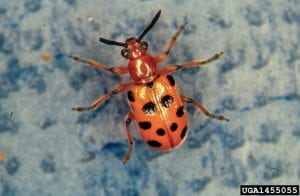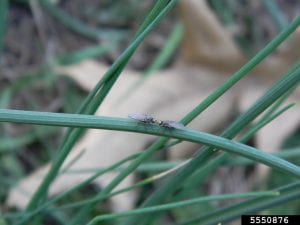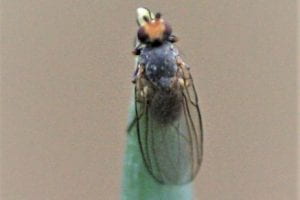ANNAPOLIS, MD (April 26, 2021) – The Maryland Department of Agriculture (MDA) is now accepting applications for farmers interested in enrolling their fields in the Farming for Healthy Soils program. Participating farmers will receive free technical assistance and financial incentives to help install the following soil health practices:
- Conservation tillage;
- Multi-species cover crops;
- Extended season cover crops;
- Prescribed grazing; and
- Precision nutrient management.
Cost-share funding of $10 to $55 per acre is available to help farmers adopt these key practices. Free technical assistance will be provided by local soil conservation districts or University of Maryland Extension, and will include field evaluations to measure changes in soil health. Financial assistance will also be offered for soils data sampling.
Maryland’s Farming for Healthy Soils program is funded by a three-year, $1 million grant awarded by the Chesapeake Bay Stewardship Fund. In its second year, the grant promotes the use of on-farm soil health practices that increase carbon sequestration, improve soil productivity, and protect water quality in the Chesapeake Bay watershed.
The Chesapeake Bay Stewardship Fund is a partnership between the National Fish and Wildlife Foundation and the U.S. Environmental Protection Agency’s Innovative Nutrient and Sediment Reduction Grants Program and the Small Watershed Grants Program. Additional support is provided by the U.S. Department of Agriculture’s Natural Resources Conservation Service, the U.S. Forest Service, the U.S. Fish and Wildlife Service, and the Altria Group Restoring America’s Resources partnership.
Farmers who want to enroll study fields in this program should contact MDA’s Healthy Soils Program Coordinator Kevin Antoszewski at kevin.antoszewski@maryland.gov. For more information about Maryland’s Farming for Healthy Soils program, please visit MDA’s website.








